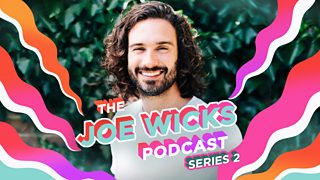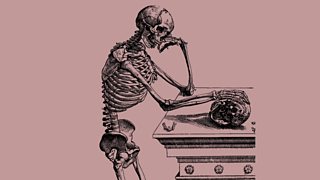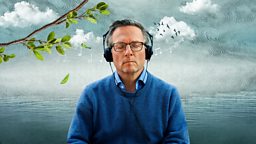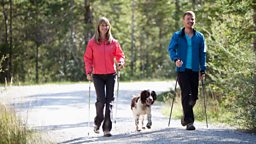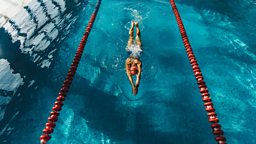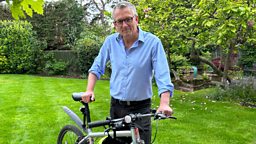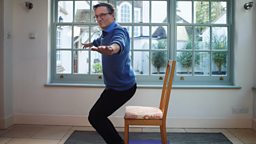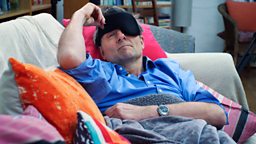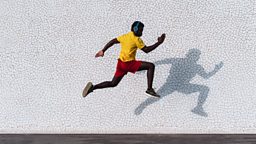Why you should stand on one leg
Our balance is far worse than it used to be. Where once we’d be spending much of the day moving about, many of us now sit staring at computer screens. This more sedentary lifestyle affects our balance skills and comes at a cost. The biggest cause of accidental deaths worldwide, after car crashes, are falls – which are a failure of balance. The good news is there are things you can do to improve it. In his podcast, Just One Thing, Michael Mosley reveals how standing on one leg can help improve your body and brain and could even predict how long you’ll live.
Balance is an incredible feat of coordination
When you attempt the one leg balance, your brain is performing a remarkable amount of coordination. It integrates signals coming from the fluid in your inner ears, visual cues from eyes, and even feedback from your joints and muscles. Signals from your eyes play a big role in maintaining your balance, which helps explain why standing on one leg is significantly harder when you close your eyes. If you can reach 10 seconds with your eyes closed, you’re doing well.

Every time you practise the one leg stance, it is an opportunity to recalibrate your brain
As you get older the balance structures in your inner ear start to deteriorate – the number of hair cells in your inner ear decrease, and even the amount of blood flow you get into your inner ear begins to change. But there are still things you can do to overcome this inevitable decline, and it’s all to do with making yourself feel wobbly.
Embrace the wobble
Our brain’s balance system has an incredible capacity to compensate by making new nerve connections. It is the plasticity of our brains that enables us to stay upright beyond our 40s – and gives us the potential to keep improving our balance even if we feel like we’ve succumbed to a life of unavoidable stumbles.
The trick is to keep wobbling. Every time you practise the one leg stance, it is an opportunity to recalibrate your brain, forming new connections and strengthening the coordination between your ears, eyes, joints and muscles. Sensors in all our joints and muscles keep sending feedback to the brain so it can learn how best to keep you upright. If you keep at it, you’ll find that your balance can improve surprisingly quickly.
Stand on one leg for a longer life
You spend far more of your life in a one-leg stance than you could imagine – 40% of your walk is spent on one leg, but that’s not the only reason why standing on one leg is more important than you might think. It has been shown that how well you can stand on one leg can be a powerful predictor of how long you will live and how healthy you will be. In 1999, researchers did three simple tests on 2,760 men and women in their 50s. They measured grip, counted how often they could stand upright from sitting in a minute, and timed how long the volunteers could stand on one leg with their eyes closed.
When they revisited the people 13 years later, they found performance in all three tests was a predictor of how likely it was a person would die from cancer or a heart attack. But the one-legged standing test came out on top. Those who stood for two seconds or less on the earlier test were three times more likely to have died over the next 13 years than those who managed ten seconds or more. So it might be time to get working on that balance if you want to keep active well into old age!
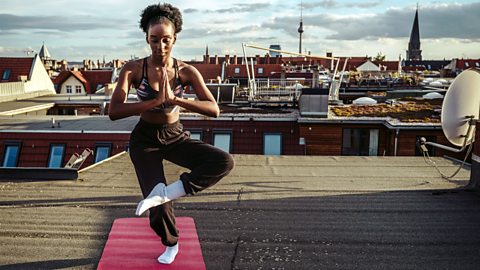
Could improving your balance make you heathier and happier?
Dr. Michael Mosley investigates.
Show off your balance
Improving your good balance will not just make you a more stable and active elder, it has the power to make you better at a whole range of sports. Far more sports that require good balance than you might think – everything from surfing to skateboarding and even bowling. So if you want to prepare for your return to the bowling alley, working on your balance might be just the thing to do.
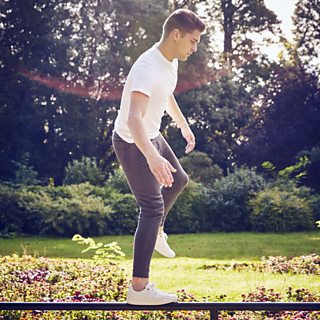
Build a confident core
Working on your balance is also really good for building core strength and body alignment. If you’re working at home, it is a great way to break up the sedentary day and help correct any postural imbalances that can arise from just sitting.
Simply standing up has been shown to have a profound impact on your physical health. Do it with some balance exercises, and you get double the benefits.
Keep challenging yourself
Prof Dawn Skelton has proven that with practice, you could reach a whole minute on one leg with your eyes closed. In the podcast, she talks about what else you can do once you’ve mastered the one leg stance – like the tandem walk where you practice walking as if you’re going along a tightrope.
Standing on one leg is a simple thing to fit into your daily routine – you can do it while brushing your teeth or watching TV – and it’s Just One Thing that really could make a big difference to your life as you age!
To find out more, listen to Just One Thing – with Michael Mosley: Stand On One Leg
More from Radio 4
-
![]()
Just One Thing - with Michael Mosley: Stand On One Leg
How challenging your balance could build you a confident core and maybe even a longer life.
-
![]()
How spending time in nature could boost your body and mind
Dr. Michael Mosley explores the positive effects of spending time in nature.
-
![]()
The Joe Wicks Podcast
Fitness coach Joe Wicks ask some of his favourite people their secrets to health and happiness.
-
![]()
Bodies
Professor Alice Roberts traces how human knowledge of anatomy has grown and changed over time.


